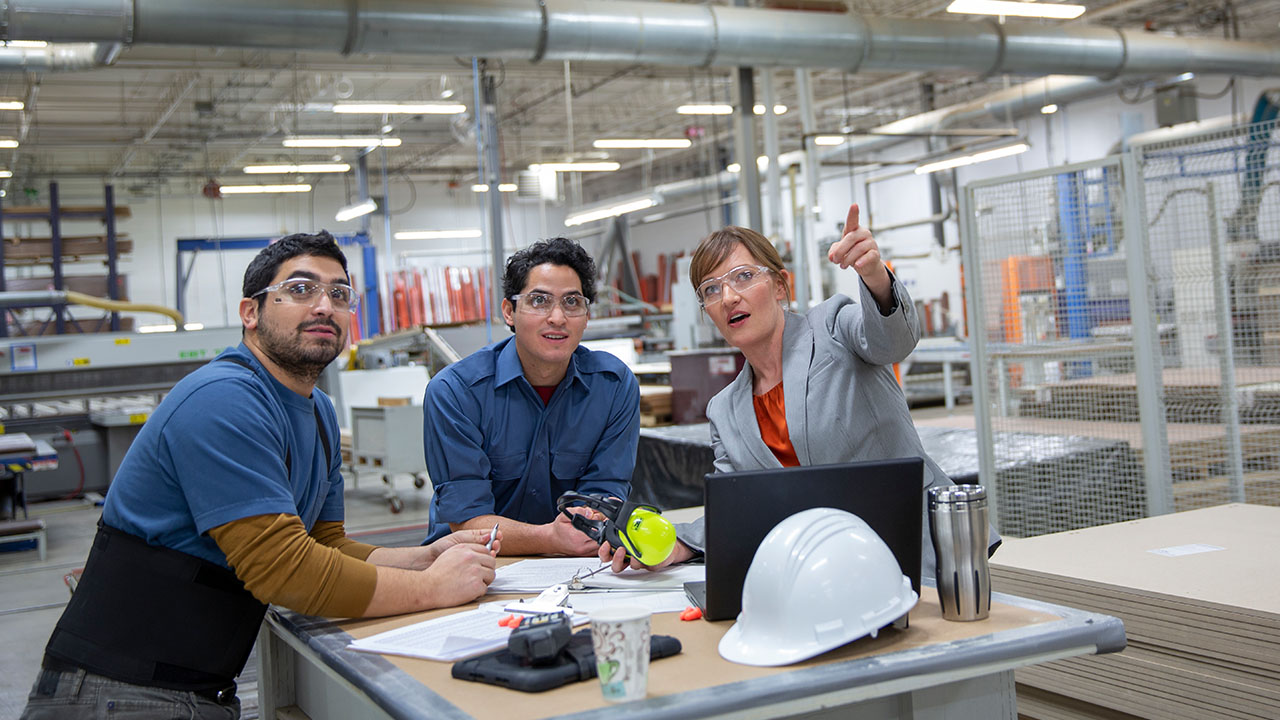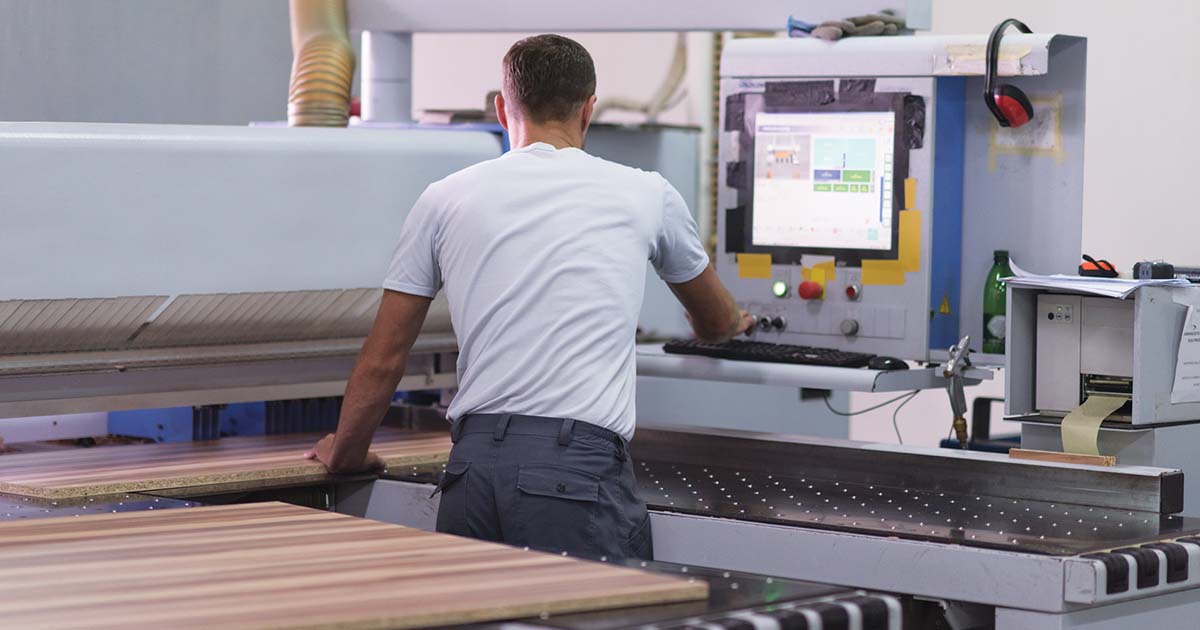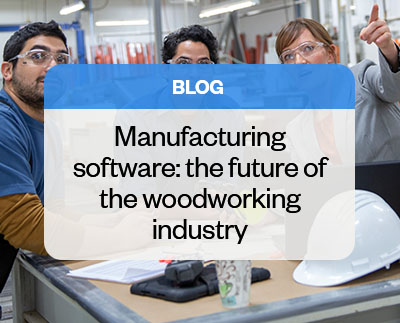
Integrated manufacturing software is, now more than ever, an essential resource for the woodworking industry.
Within the current global situation, the woodworking industry is facing an unexpected new set of challenges. Changing projections due to the impact of coronavirus and causes for concern are clearly noticeable and prominent in news and other media while positive developments are often subtle and difficult to identify. In any case, reports of negativity and defeatism often are the first to reach the headlines. Activities have been impeded with social distancing guidelines and the weaknesses of a global supply chain have become painfully obvious.
In an industry which so largely depends upon the smooth process of a well-oiled machine, the outlook for the coming months may seem quite daunting and overwhelming for some. The truth of a cyclical economic market is often lost beneath the shadow of shortsighted uncertainty and doubt.
As in any crisis, we have reached a point of juncture. A point of opportunity. Businesses may need to weather through a storm, but - with a realistically informed outlook and the right manufacturing software - can stay well afloat to reach safe harbor and increase productivity on the other side.
The situation
The immediate impact on the industry at a jobsite level can be seen in research gathered by the National Association of Home Builders (NAHB) in an economic report displaying such statistics as 87% of remodelers polled reporting cancellations of already existing projects, as well as over 6.6 million new unemployment claims during the first week of April alone. Unemployment due to various statewide health guidelines is high—as to be expected—and financing for small businesses is hard to come by. It will take some time for the situation to normalize again.
On the other hand, not all reports are negative and some in fact hold many points of positivity. The shortcomings of a global supply chain have led to renewed interest in local sourcing and production. In relation to unemployment rates, the housing market has historically been less affected than one might assume. Home-buying projections remain optimistic in the United States. The state of the economy going into the current situation was strong and healthy. This is not another Great Recession. In a recent Webinar from the Woodworking Network, economist Dr. Alan Beaulieu compared the economic shut down to the flicking of a switch, encouraging any with financial means to invest in anticipation of the upturn when the lights turn on. It is very important to keep in mind the fact that the economy was not broken before the shelter-in-place orders. The market will be slowing down, pausing, and restart will all come with a cost, but this is nothing that we cannot master in the long run. Those who meet a downturn with a level head are sure to benefit from the future progress that will surely come.
Further points of optimism
How the woodworking industry will change

Steps to take

The worst thing that one can do when faced with crisis is to panic. Pinpoint the areas of operation that you can change or focus on. Make a list of actions you can implement to remain productive. The importance of a strong online presence and the ability to work remotely has been made very clear. Review the office space and establish a sound and executable plan to deal with similar situations in the future. Identify and strengthen what aspects can be controlled remotely, from IT hardware to climate control and equipment. Invest in infrastructure to support remote collaboration. Rethink a hybrid model, allowing staff to work from home and eliminate wasteful commuting. Streamline your business, take this opportunity to make improvements that were held up by previous time restraints.
Readily available solutions

The technology to vastly improve business operations in the woodworking industry through manufacturing software will prove now more than ever to assist those who take advantage of its capabilities. Skilled and informed members of the workforce head toward retirement and the manufacturing process becomes more and more automated. The use of manufacturing software is now essential for healthy business practice. An integrated enterprise manufacturing solution allows manufacturers to experience a seamless flow of information, from the bid and order entry to final installation. 2020 Insight not only meets the continuous needs of a rapidly evolving industry but also offers a resource that can be implemented and operated in a work-from-home atmosphere. Installation and training are now available remotely to help keep business running smoothly throughout the days ahead.
With the future approaching ever faster, the only prudent thing for any industry to do is to embrace the advantages it holds and—with the help of modern ingenuity in the form of integrated manufacturing software—overcome each and every obstacle it sets. To provide you with the best advantage possible in a rapidly evolving climate, 2020 can evaluate your needs.
Want more content?
[Webinar] Why stand-alone software is not enough
Related posts
Share this Post





